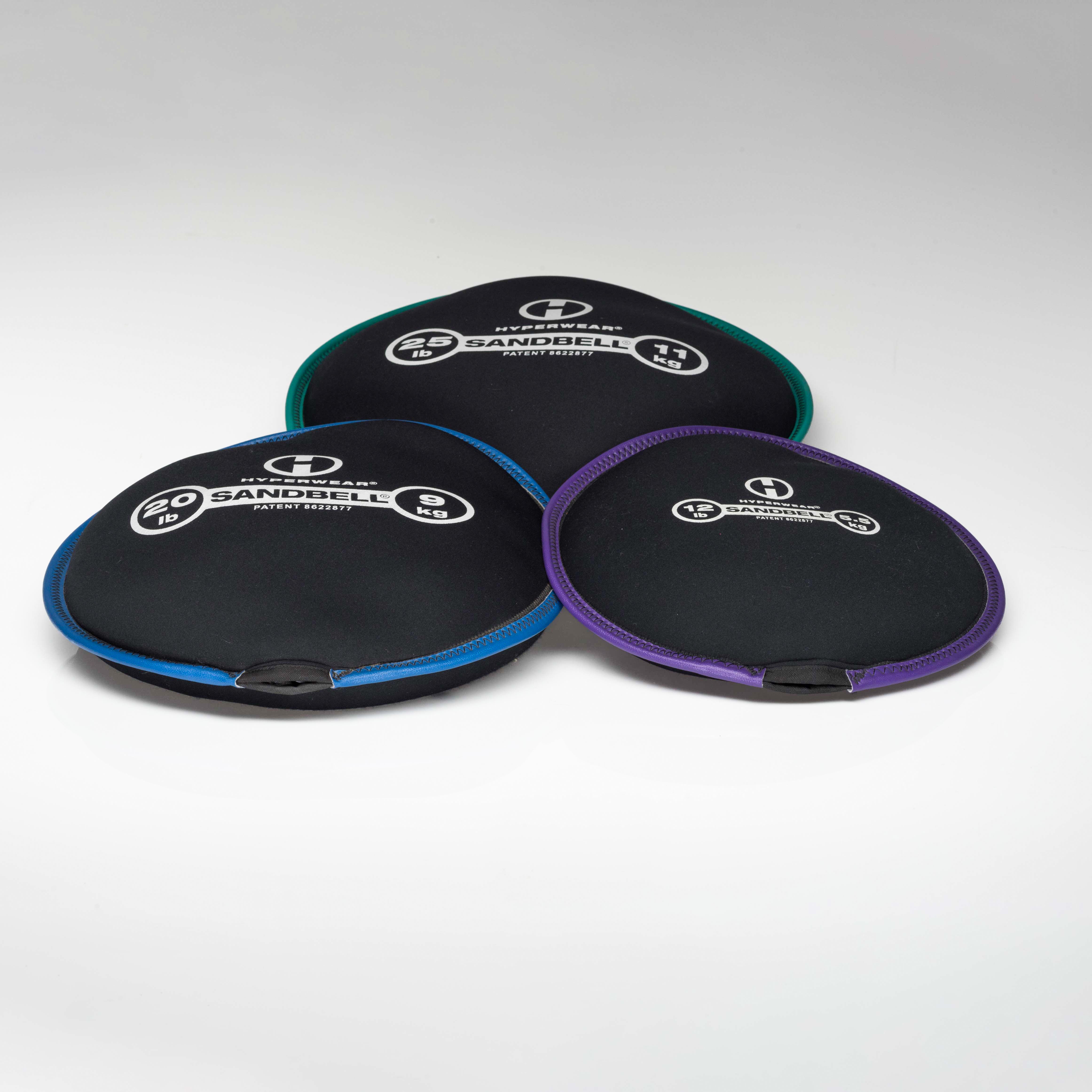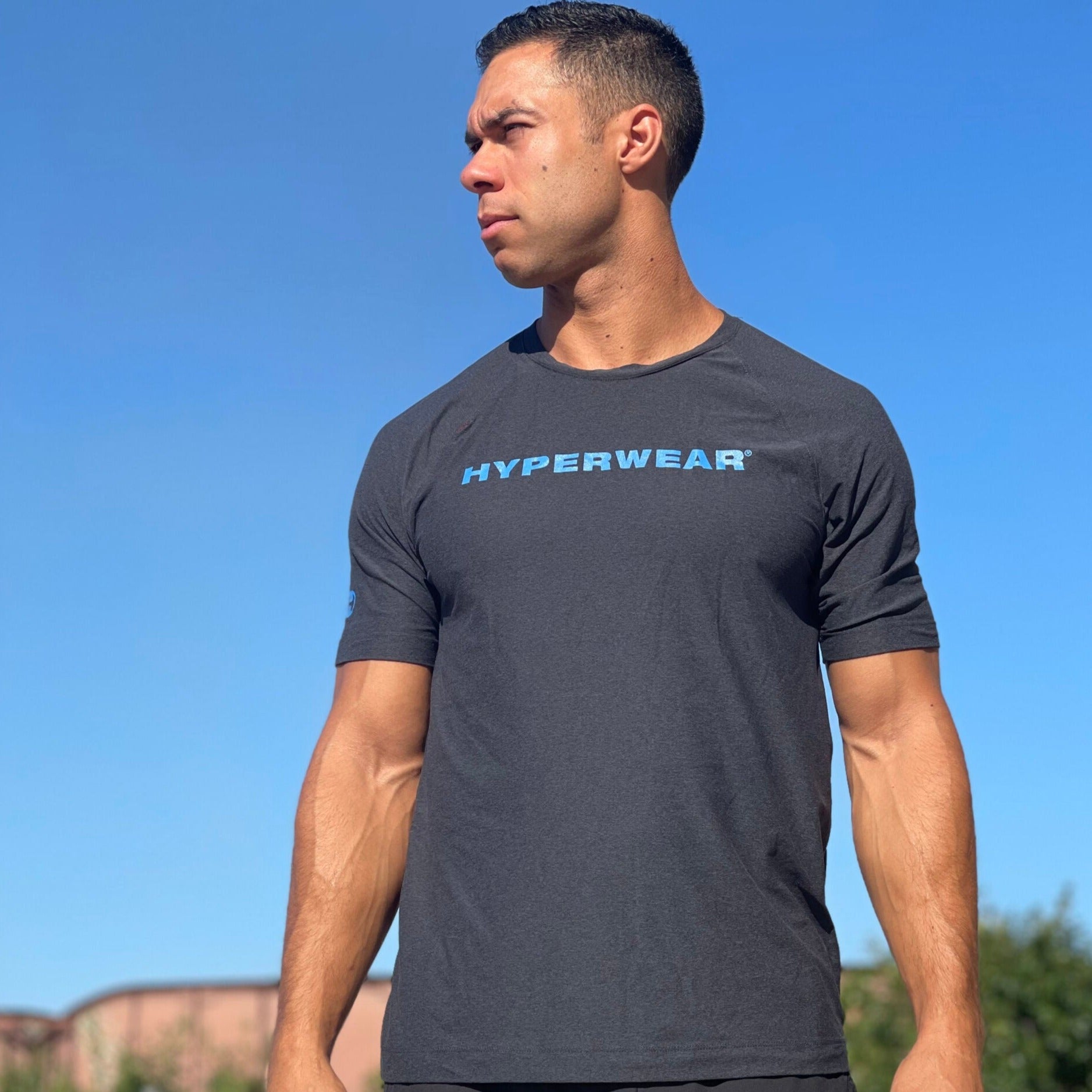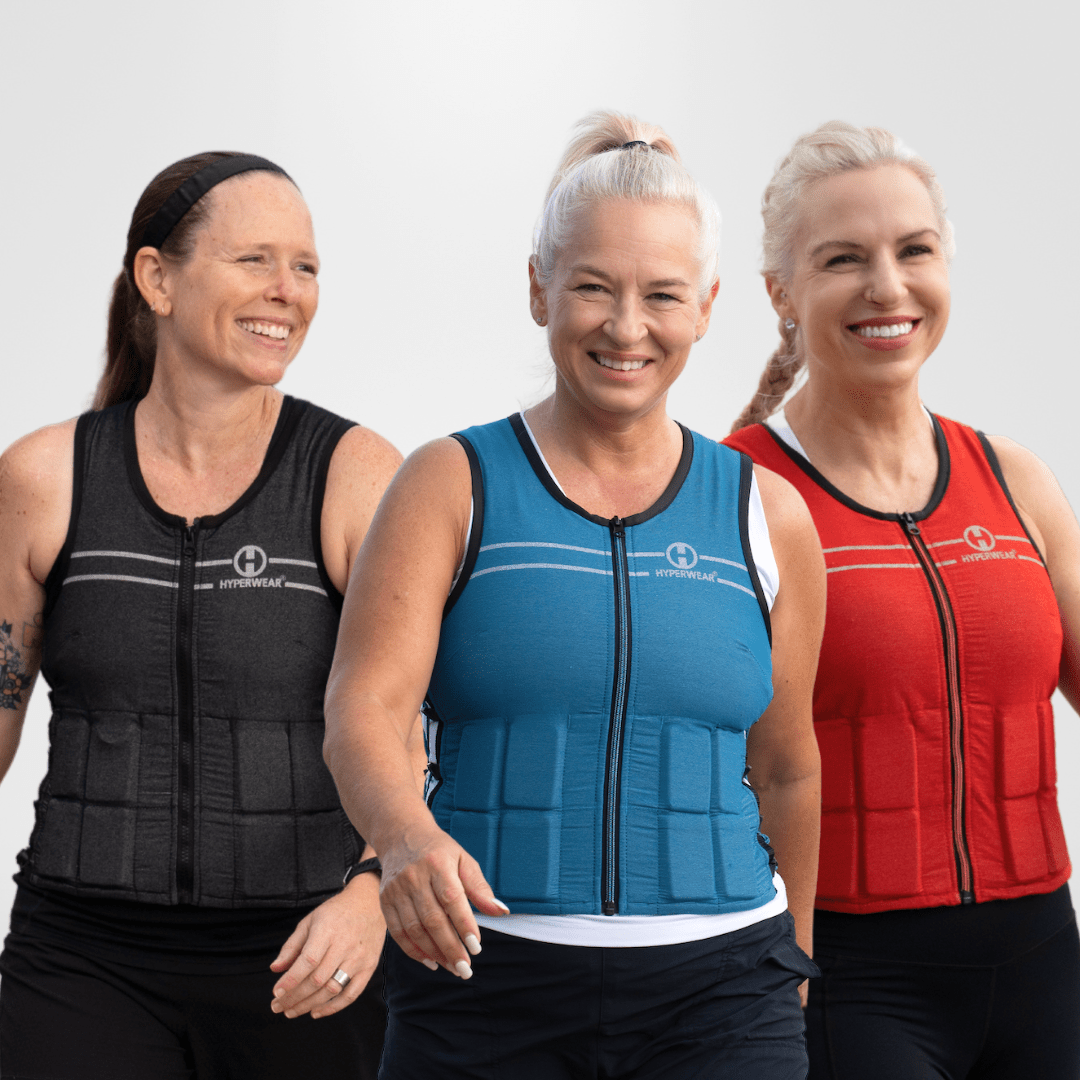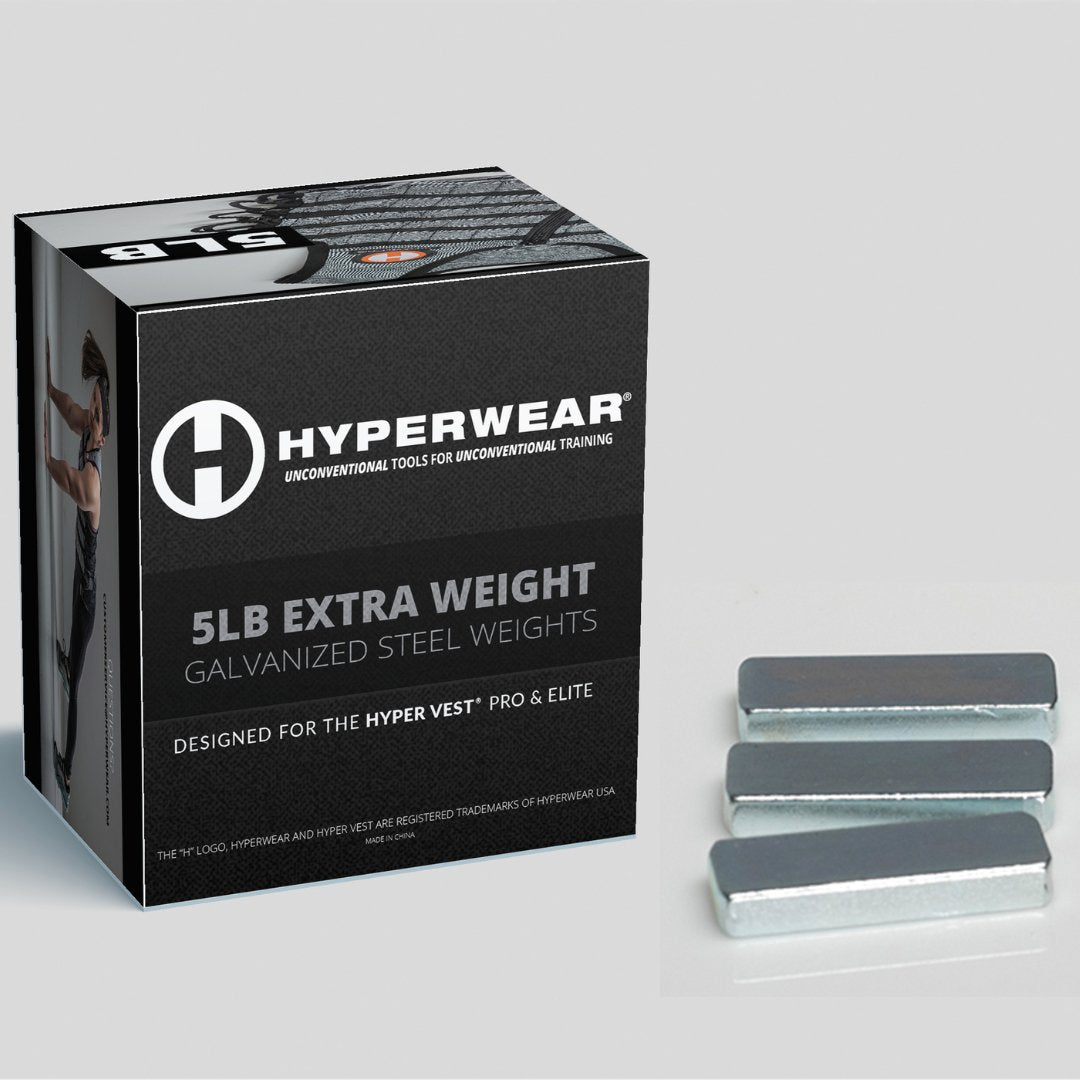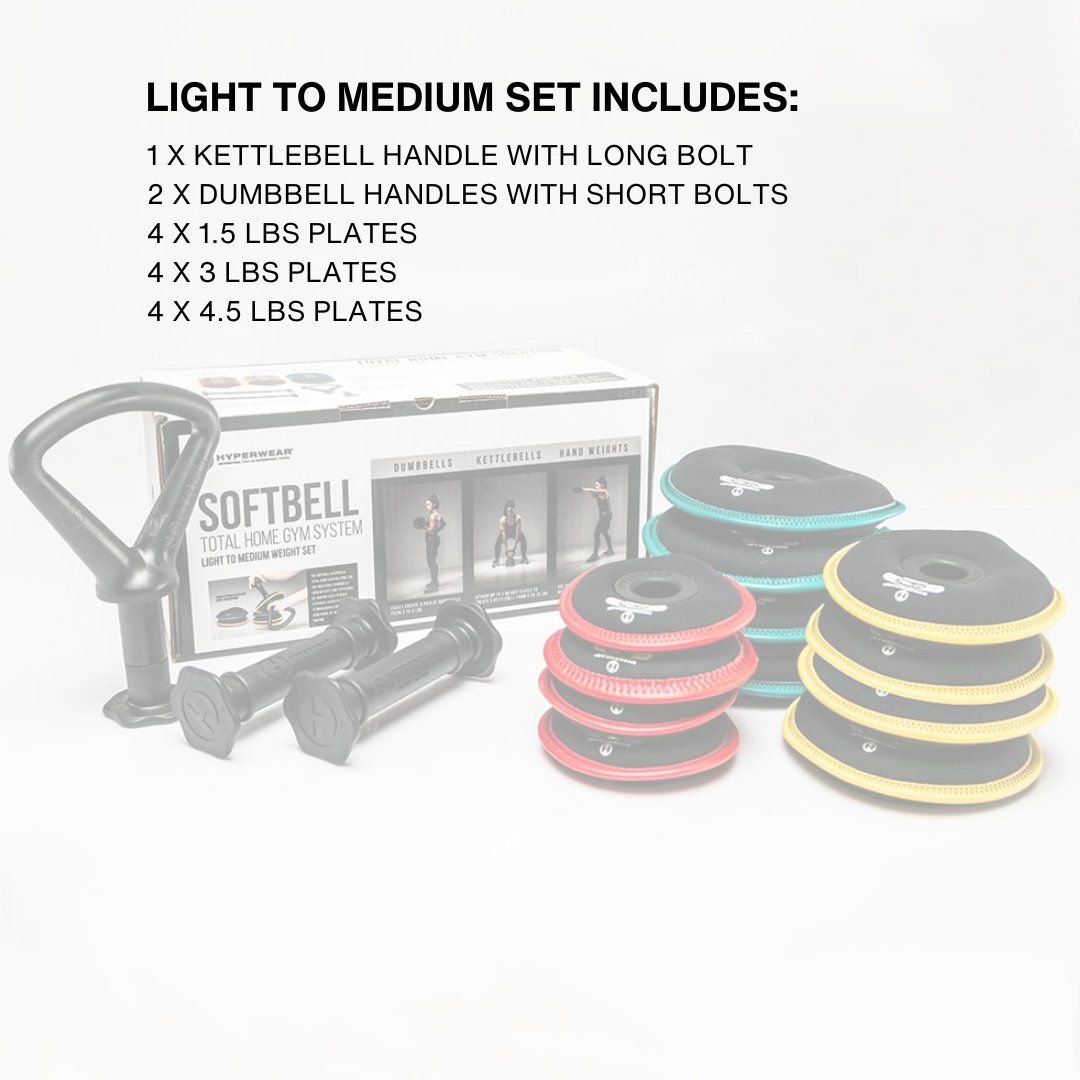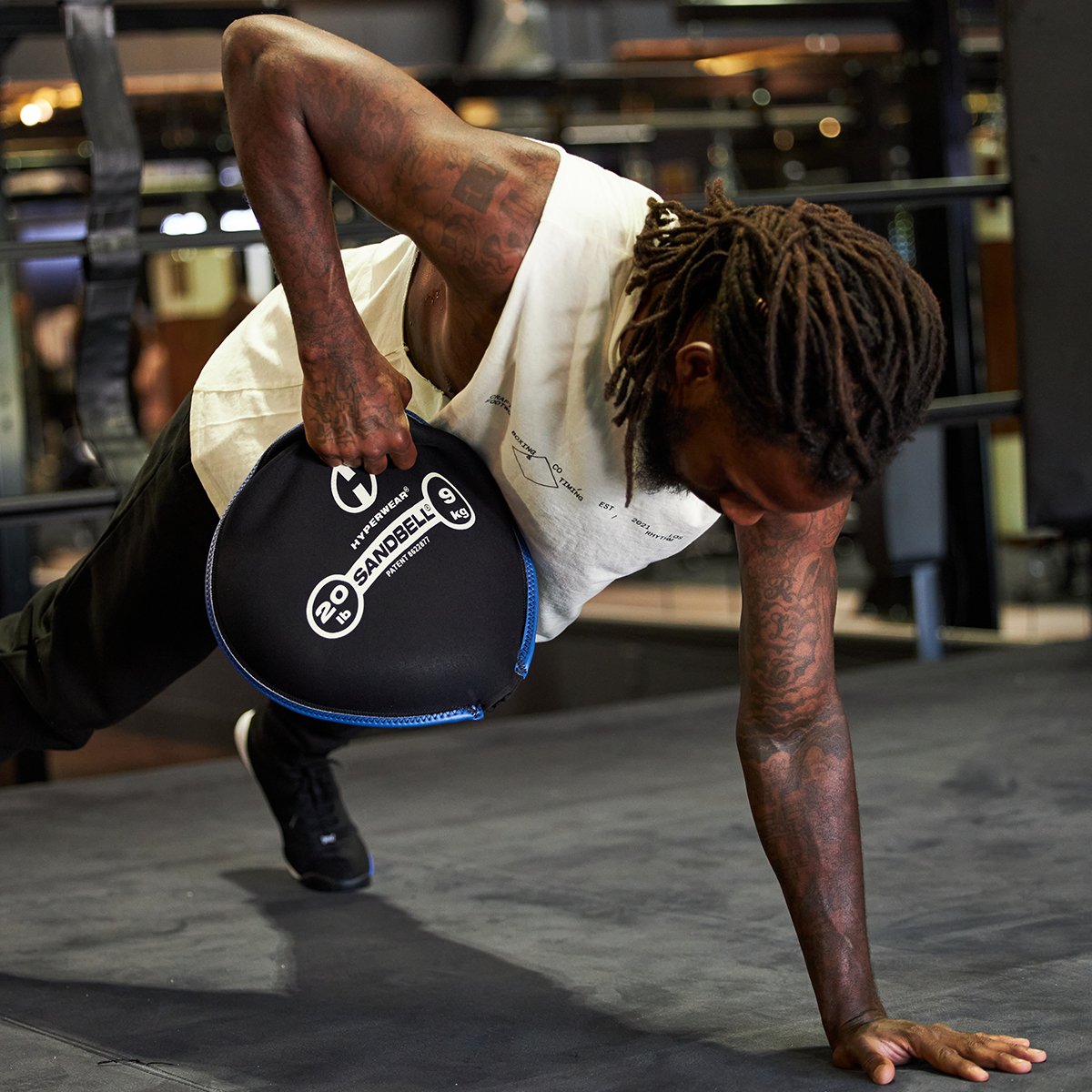Progressive Rucking Training: Smarter Loads, Heart Rate Zones, and Lifelong Benefits
Why Rucking Needs a Rethink
Rucking—walking or hiking with weight—initially gained traction through military-inspired training and online communities focused on “long distances with heavy stuff on your back.” While there’s value in challenging yourself with tough loads and extended treks, I believe we’re missing an opportunity. Instead of defining rucking success solely by how heavy and how far you go, let’s embrace principles from both strength and cardiovascular training to make rucking more accessible, efficient, and beneficial for a wider audience. The foundation is progressive rucking training.
Lessons from Strength and Cardio Training Principles
In the world of strength training, we understand that maximizing results involves more than pushing the heaviest possible load every time. Instead, we apply concepts like progressive overload, periodization, and variety to drive steady, long-term improvements. Similarly, in endurance and cardio training, intelligent use of heart rate zones and intervals can boost VO2 max, metabolic efficiency, and overall cardiovascular health. By bringing these principles together, we can transform rucking into a holistic fitness practice that supports muscle and bone health while improving your heart and lungs.
Progressive Overload: The Foundation of Sustainable Gains
Progressive overload means gradually increasing your training stimulus over time. For progressive rucking training, start with manageable loads and modest distances, then incrementally add weight or extend duration as your body adapts. By applying this principle, you build strength, bone density, and muscular endurance at a pace that your body can handle long-term, just like you would if you were steadily adding plates to a barbell over weeks and months.
Heart Rate Training: Moving Beyond Zone 2
Many people currently rucking focus on maintaining a steady state in Zone 2 heart rate—usually between about 60% to 70% of your maximum heart rate. Zone 2 training supports aerobic base, metabolic health, and endurance. However, if Zone 2 is all you ever do, you’re leaving potential benefits on the table. Incorporating intervals in higher heart rate zones—like short bursts in Zone 4 or Zone 5—can improve your VO2 max, heart rate variability (HRV), and overall cardiovascular capacity.
Measuring Your Heart Rate and Finding Your Zones:
- Devices: A heart rate monitor chest strap or a smartwatch with built-in HR sensors can give you real-time feedback.
- Calculating Maximum Heart Rate (MHR): A common estimate is 220 minus your age, though more individualized testing is ideal.
-
Determining Your Zones: Once you know your MHR, you can divide it into zones. For example:
- Zone 1: 50-60% of MHR (easy recovery)
- Zone 2: 60-70% of MHR (aerobic base)
- Zone 3: 70-80% of MHR (moderate intensity)
- Zone 4: 80-90% of MHR (lactate threshold)
- Zone 5: 90-100% of MHR (VO2 max training)
For more in-depth guidance, Harvard Health Publishing provides a detailed explanation of heart rate zones and their relevance to training intensity.
By mixing intervals that raise your heart rate into higher zones, you challenge your cardiovascular system differently than a steady Zone 2 effort. Short, intense bursts followed by active recovery spur greater adaptations. This multi-zone approach is akin to how strength coaches structure training phases for lifters, ensuring you develop across a spectrum of intensities.
Applying Periodization and Variation for Progressive Rucking Training
Just as you wouldn’t max out every day on the deadlift, you shouldn’t always ruck under your heaviest load or at the same intensity. Vary your training:
- Easy Days: Light loads, Zone 1 or Zone 2 heart rate—think active recovery.
- Moderate Sessions: Slightly heavier loads or longer distances, aiming for Zone 2-3 to build endurance and strength.
- Interval Workouts: Short, intense efforts that push heart rate into Zone 4 or 5, followed by rest or lighter movement, to boost VO2 max and heart rate variability.
This balanced approach avoids plateaus, reduces the risk of overuse injuries, and helps you progress consistently.
Hyper Ruck Rucking Backpack: Best for Progressive Rucking Training
To put these principles into practice, you need gear designed with progression and comfort in mind. The Hyper Ruck® rucking and strength training backpack aligns perfectly with the concept of progressive rucking training. Its ergonomic design and internal plate sleeves keep weight stable and close to your center of gravity, supporting good posture and safe load distribution even as you vary intensity and heart rate zones.
Adjustable Rucking Plates: Fine-Tune Loading for Progressive Rucking Training
The true game-changer is our flexible adjustable weighted rucking weight plates, allowing you to tailor your load in small increments. Just as you’d add a 2.5-pound plate to the barbell, you can adjust your ruck weight by half-pound increments. This nuance makes it simpler to match your training load with your desired heart rate intensity. If

you’re hitting a VO2 max interval session, try a lighter load to maintain speed and heart rate. On a more strength-focused day, add weight to challenge your muscles without needing to break into a sprint.
Building Long-Term Health, VO2 Max, and Resilience Through Rucking
Rucking isn’t just about hoisting heavier weight or covering more miles at a slow, steady clip. By embracing progressive overload, heart rate training, periodization, and adjustability, you can tap into a richer set of adaptations—stronger legs and core, better bone density, improved cardiovascular health, higher VO2 max, and greater overall resilience.
Research on load carriage training has shown that intelligent programming can optimize results for both strength and endurance. Evidence-based load carriage training research supports the idea that strategic progression and controlled variation enhance performance and reduce injury risk. Integrating heart rate monitoring and zone-based training amplifies these benefits, ensuring that your cardiovascular system keeps pace with your growing strength.
Over time, this holistic approach becomes a path to long-lasting fitness. By progressively adjusting load, tapping into multiple heart rate zones, and treating rucking like a well-structured exercise regimen, you set yourself up for a lifetime of strong, capable, and healthy living.
Learn more about the features of the Hyperwear Hyper Ruck rucking pack for rucking, strength training, and every day carry convenience for work and travel. Compare its advanced patented design to alternatives like the Brute Force Training ruck backpack or race ruck.








